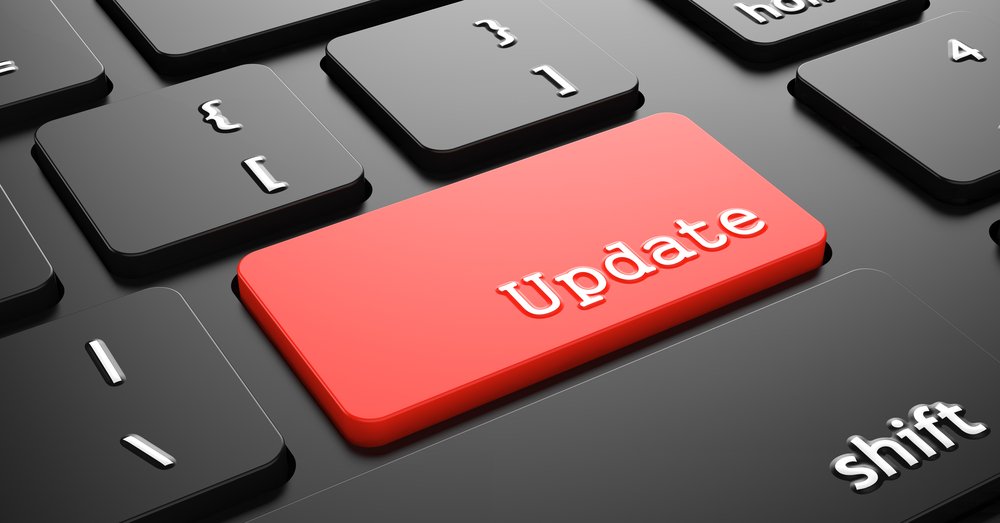The new Microsoft update is a lot more time-sensitive and critical for your business than you may think. Even if your dealer management system software seems to be working well now, neglecting this latest upgrade could have dire consequences for your programs in the future. Here’s why that is and what you stand to gain from prioritizing these updates today.
Microsoft typically runs its operating systems and business software on a 10- year support cycle. This means that a given software is considered “end-of-life” after 10 years. For the first 5 years of that cycle, Microsoft provides full support, including security patches, bug fixes, and new features. For the second 5 years, they only provide security patches for free, and any support calls require paid support.
year support cycle. This means that a given software is considered “end-of-life” after 10 years. For the first 5 years of that cycle, Microsoft provides full support, including security patches, bug fixes, and new features. For the second 5 years, they only provide security patches for free, and any support calls require paid support.
If Microsoft keeps software alive for 10 years, why update? First and foremost, security. While Microsoft does provide security patches for older software, there are often core architectural gaps that are closed as software evolves, gaps that can be exploited by malicious operators. The older your software is, the easier it is for malicious operators to take advantage.
Second, performance. Each new version of these software platforms, with few exceptions, performs better than predecessors. For example, the optimizer in SQL Server 2016 is a major evolution better than that in SQL Server 2018. In Windows, memory management and operating system efficiency are astronomically better between Windows 7 and Windows 10. New capabilities in these foundational platforms also allow software providers to create new and better functionality for their consumers.
Finally, it actually saves money in the long run to upgrade a dealer management system. For software companies, it is more expensive to maintain version compatibility with multiple versions of core software such as Windows. Multiple testing environments are needed, as it also increases the length of time between releases because testing has to be repeated for every version of each underlying software. With ASPEN, for example, Charter currently has to run a single test on Windows 7, 8.1, & 10, and SQL Server 2008 R2, 2012, 2014, & 2016. This is 7 different test executions for each test case, and ASPEN has hundreds of test cases. This expense in time and resources drives up the cost of software products. This cost is passed on to the consumers.
While it can be a hassle to upgrade these core tools, everyone should plan for it every 3-5 years. The benefits to you, your dealer management system and your organizations will far outweigh the inconvenience.